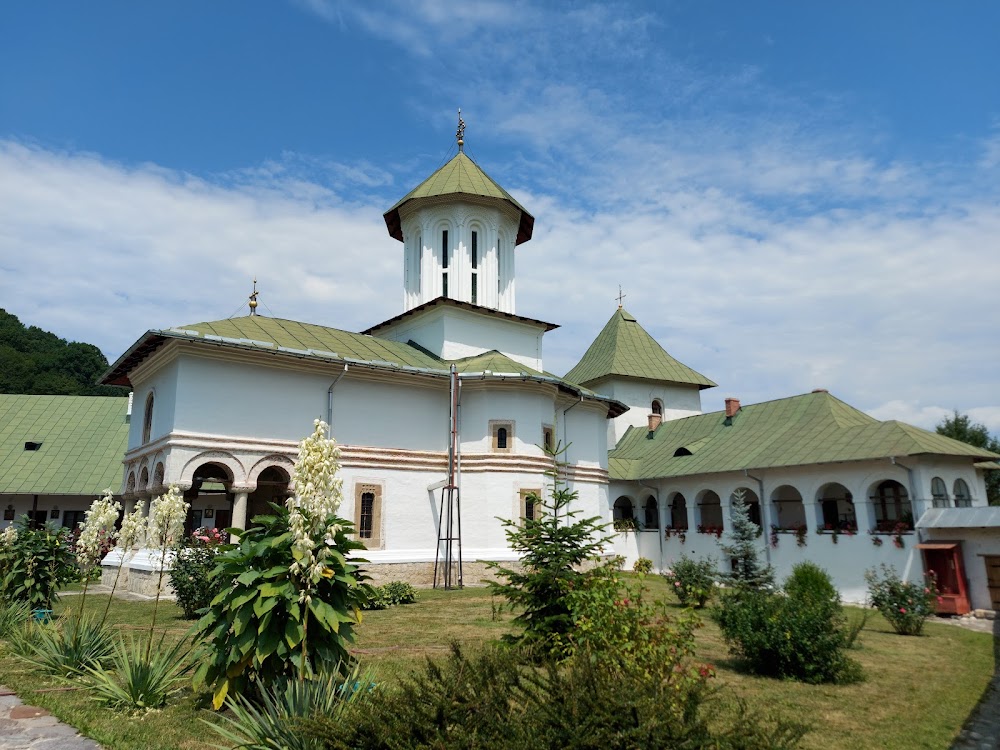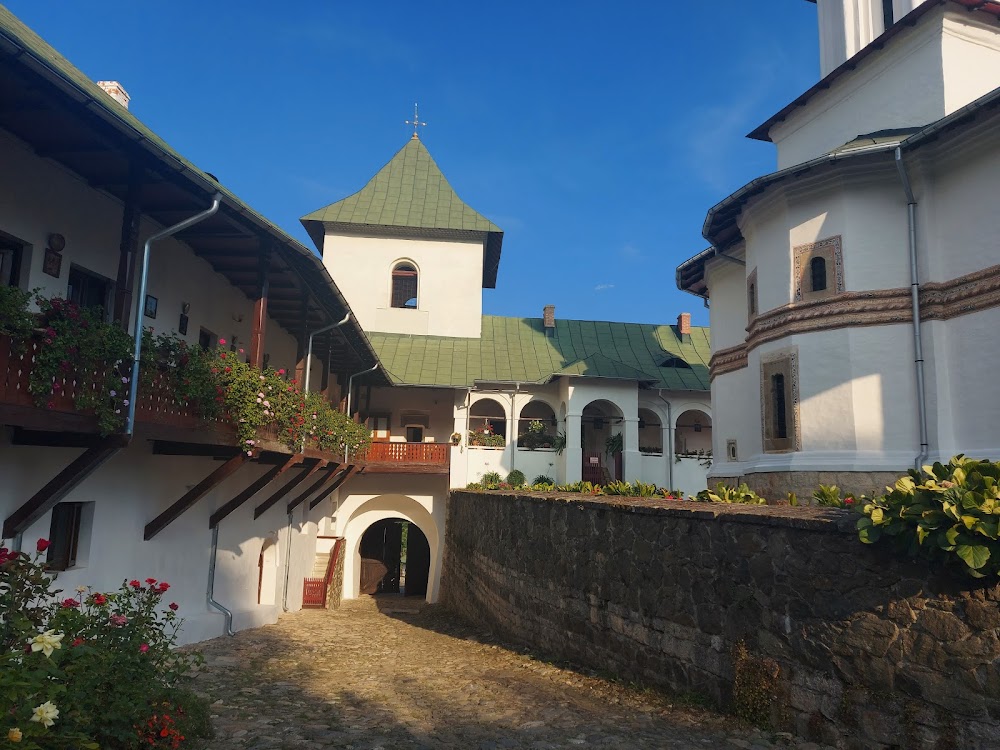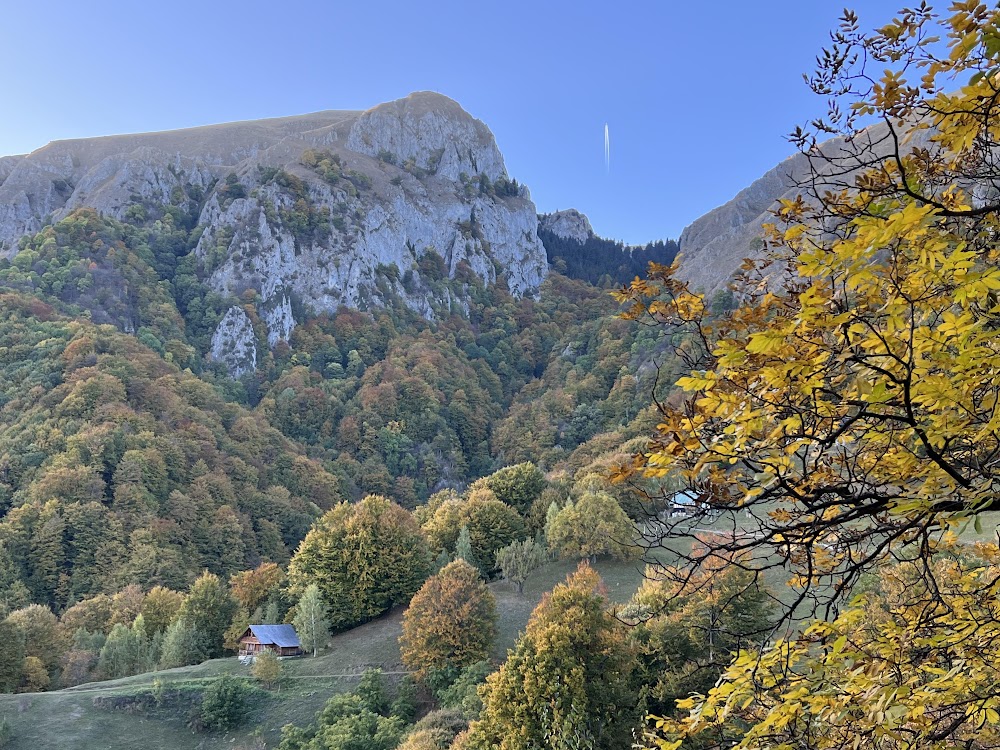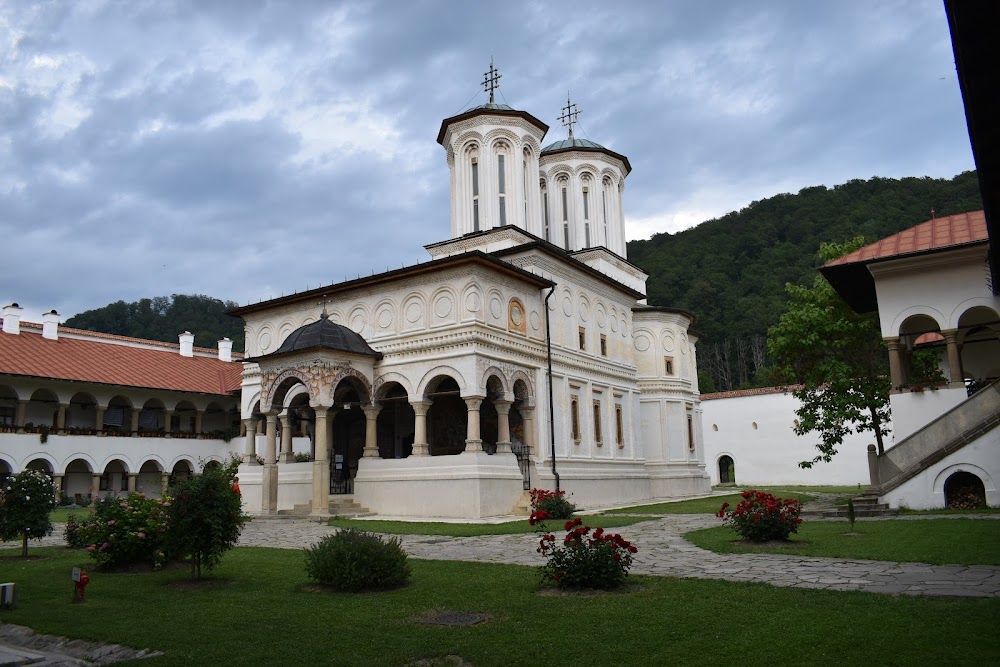Govora Monastery (Mănăstirea Govora)
Overview
Located in the picturesque Vâlcea County, Romania, **Govora Monastery** is a serene and historically rich spiritual site that beautifully embodies the region's religious and cultural heritage.
The monastery traces its origins back to the 15th century during the reign of **Vlad Dracul**, father of the infamous Vlad the Impaler. Initially a modest wooden church, its significance grew under various rulers. Notably, Vlad the Impaler himself contributed to its reconstruction, but the structure that visitors admire today was largely developed by **Radu the Great** and later, **Matei Basarab**, in the 17th century.
The transformation from a simple wooden church to a fortified stone monastery is a remarkable testament to the religious fervor and architectural innovations of that era. **Matei Basarab** undertook extensive reconstruction efforts between 1640 and 1645, enhancing the monastery's defenses to meet the challenges of tumultuous times.
One of the monastery's most notable contributions lies in its role within the cultural and literary spheres. Under the enlightened rule of **Constantin Brâncoveanu**, the first printing press in Wallachia was established here around 1636, establishing Govora Monastery as a vital center for education and literature. This press produced some of the earliest books in Romanian, significantly contributing to the development of the Romanian written language and the dissemination of knowledge.
Today, visitors to Govora Monastery can admire its well-preserved architectural marvels. The walls are adorned with stunning frescoes that depict various religious scenes, saints, and biblical stories, skillfully painted by artists who infused them with vibrant colors and intricate details. The stone church showcases a distinctive Byzantine-influenced design, featuring a spacious narthex, nave, and altar that highlight traditional Orthodox architectural elements.
The monastery complex also includes residential buildings that housed monks and facilitated printing activities. Throughout history, it has served as a sanctuary for monks, scholars, and even political refugees, underscoring its ongoing relevance and importance.
Nestled within the tranquil landscape of Vâlcea County, Govora Monastery is surrounded by lush greenery and peaceful gardens. This serene environment enhances the spiritual ambiance, making it an ideal destination for reflection and meditation.
In recent years, significant preservation and restoration efforts have been undertaken to maintain Govora Monastery's historical, cultural, and religious significance for future generations. The site attracts not only the devout but also history enthusiasts, scholars, and tourists who seek to connect with Romania's rich past.
As you step through its gates, you are reminded of the monastery's enduring legacy—a legacy built over centuries through piety, education, and resilience. Govora Monastery stands as a poignant symbol of faith and culture in the heart of Romania.







